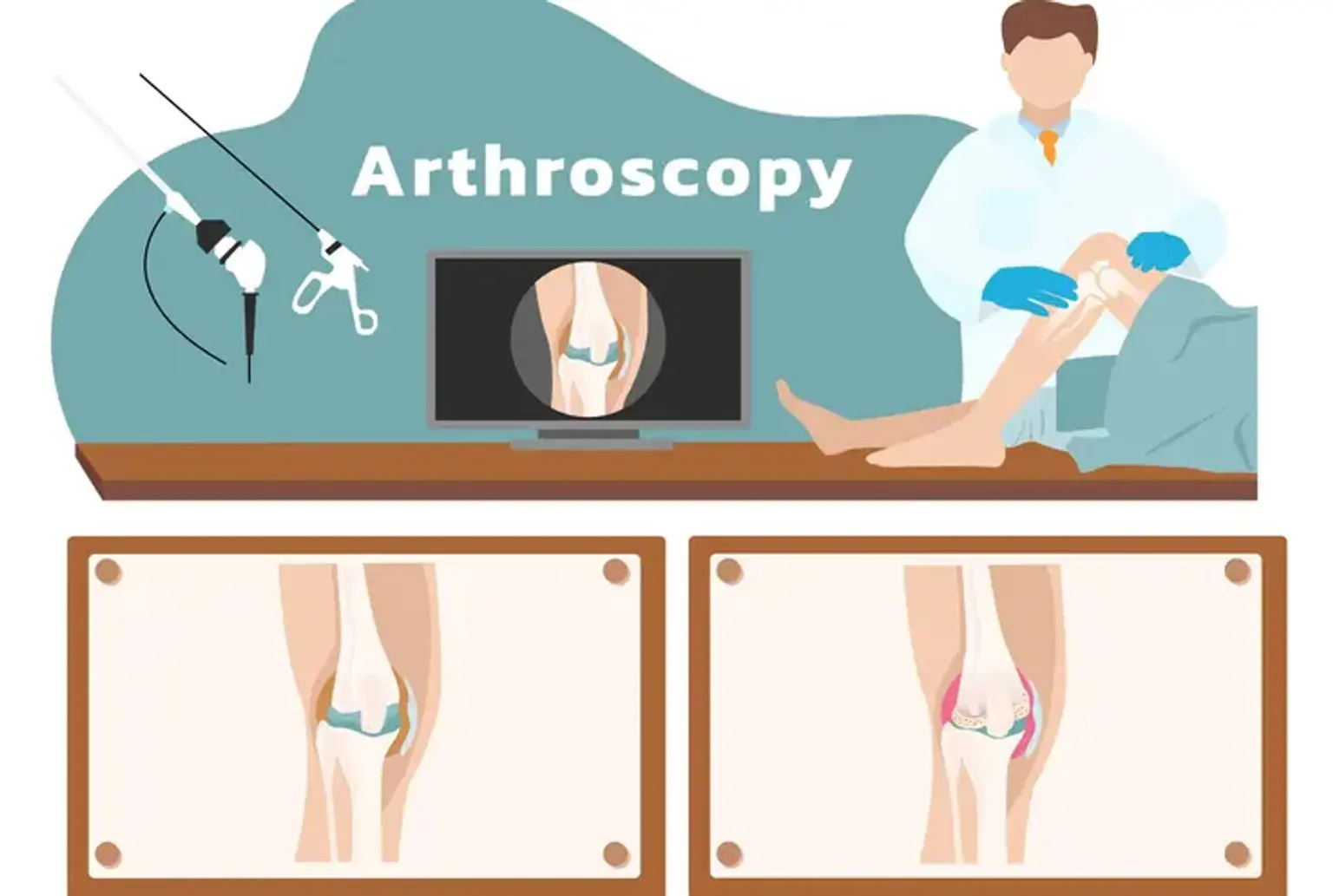Introduction
Arthroscopy is a minimally invasive surgical procedure used to examine, diagnose, and treat joint problems. Unlike traditional open surgeries, which involve large incisions, arthroscopy uses small cuts, typically no larger than half an inch, to insert a small camera (arthroscope) and tiny surgical instruments into the joint. This allows surgeons to view and treat joint conditions with greater precision and less damage to surrounding tissues.
Arthroscopy is commonly performed on joints like the knee, shoulder, ankle, and elbow, and has become a preferred method due to its quicker recovery times and reduced risk of complications. Whether it's repairing damaged cartilage or removing inflamed tissue, arthroscopy offers an effective solution with minimal discomfort for patients.
The Evolution of Arthroscopy
The history of arthroscopy dates back to the early 20th century, with significant advancements over the decades. Originally, it was a diagnostic tool, allowing doctors to view the inside of a joint for the first time using a simple lens and light. However, over time, technological improvements—such as the development of fiber optics, high-definition cameras, and miniature surgical instruments—have turned arthroscopy into a highly effective treatment method.
In the past, joint surgeries required large incisions, resulting in longer recovery times, increased pain, and higher risks of infection. Today, arthroscopic surgery is a preferred method for many conditions, offering a minimally invasive approach that results in fewer complications, faster healing, and less scarring.
How Arthroscopy Works
During an arthroscopic procedure, the surgeon first makes small incisions near the affected joint. A sterile saline solution is often injected to expand the joint space, making it easier to view and treat the problem. An arthroscope, a thin, flexible tube with a camera, is then inserted through one incision, allowing the surgeon to view the inside of the joint on a monitor. Through another incision, specialized surgical tools can be introduced to repair or remove damaged tissue.
